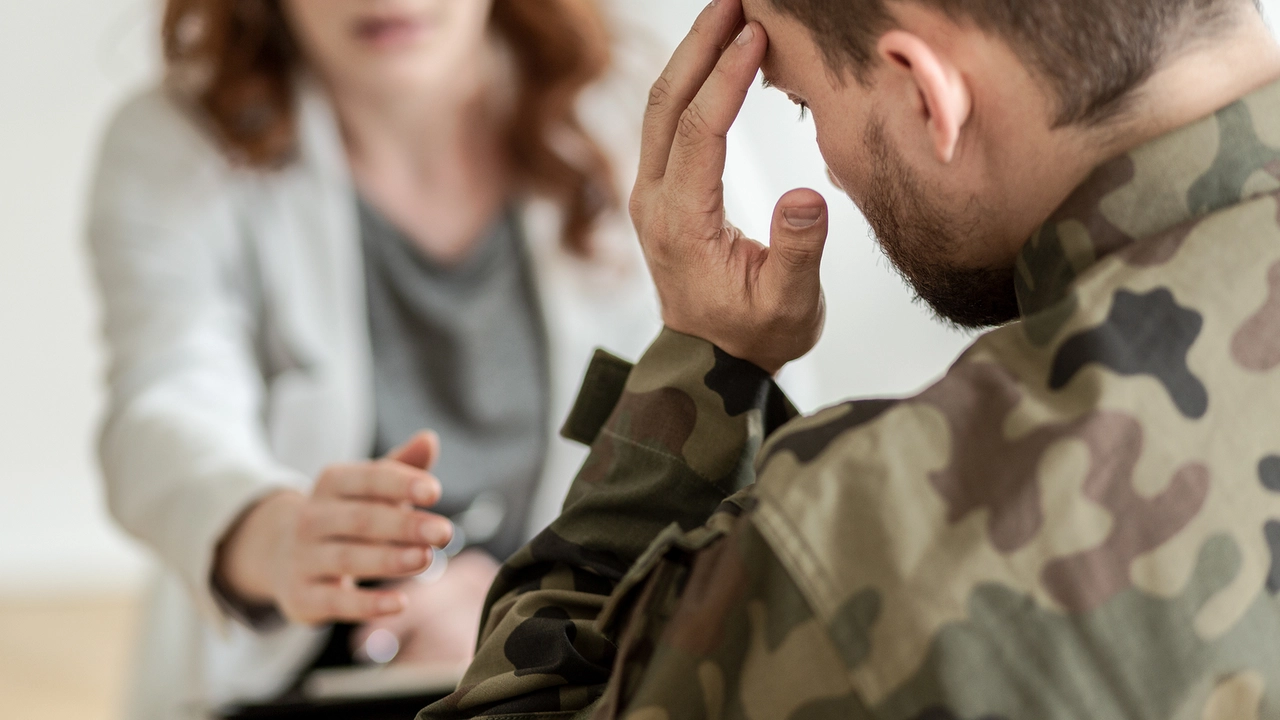Posttraumatic Stress Disorder: Practical Help and What Works
Posttraumatic stress disorder can turn normal life upside down. You might relive one scary event over and over, avoid places that remind you of it, or feel constantly on edge. That’s the short version—but it matters because untreated PTSD affects sleep, work, and relationships.
Symptoms usually fall into four groups: intrusive memories, avoidance, mood changes, and heightened arousal. Intrusive memories include flashbacks or nightmares. Avoidance is skipping people or places that trigger memories. Mood changes can be feelings of numbness, guilt, or losing interest in things you once liked. Heightened arousal shows up as jumpiness, trouble sleeping, or angry outbursts.
If this sounds familiar, you’re not alone. About one in ten people exposed to serious trauma develop lasting symptoms. Not everyone needs the same help, so the first step is a clear assessment from a trained clinician. They ask about your experiences, screen for other issues like depression or substance use, and map out a treatment plan with you.
Two treatments have the strongest evidence: trauma-focused therapy and certain medications. Trauma-focused therapies like Cognitive Processing Therapy (CPT) and Prolonged Exposure (PE) help you safely process traumatic memories so they lose power. Eye Movement Desensitization and Reprocessing (EMDR) works for many people too. These therapies teach skills to face, not avoid, painful memories while reducing distress.
Medications can ease symptoms and improve functioning. Selective serotonin reuptake inhibitors (SSRIs) such as sertraline and paroxetine are commonly prescribed. They can reduce anxiety and depressive symptoms, making therapy more effective. Medication choices depend on your health history and side effect tolerance, so talk openly with your prescriber.
Self-care matters but it’s not a cure. Sleep, regular movement, and steady routines lower stress. Avoid alcohol and heavy drug use—those can worsen PTSD over time. Grounding techniques, like naming five things you see or holding a cold object, can stop a panic moment from spiraling. Breathing exercises and short walks reduce arousal in the moment.
Support from friends and family helps more than many expect. If telling loved ones feels hard, consider joining a peer support group where others understand without judgment. Veterans and first responders often find group programs especially helpful because people share similar experiences.
When to get urgent help? If you have thoughts of harming yourself or others, seek immediate care. Crisis lines and emergency services exist for these moments. If treatment isn’t helping after several months, ask your clinician about changing approaches or adding new therapies.
Practical tips to find care: ask your primary doctor for a referral, check local mental health clinics, or look for therapists trained in CPT, PE, or EMDR. Many sites list qualified clinicians and their specialities. If cost is a concern, community clinics and sliding-scale programs can make care affordable.
Healing from trauma takes time, but many people get better with the right mix of therapy, support, and self-care. You don’t have to manage this alone. Start with one small step: call a clinic, text a trusted friend, or book a first appointment today and keep going.

The Science Behind Posttraumatic Stress Disorder: What Happens in the Brain?
As a blogger, I've been fascinated by the science behind Posttraumatic Stress Disorder (PTSD) and how it affects the brain. PTSD is a mental health condition that can develop after experiencing or witnessing a traumatic event, causing intense feelings of fear, helplessness, or horror. Research has shown that PTSD can actually alter the brain's structure and function, particularly in areas responsible for memory and emotion regulation. Some of these changes include a decrease in hippocampal volume, increased amygdala activity, and dysregulation of the prefrontal cortex. Understanding the science behind PTSD is crucial in developing effective treatments and helping those who suffer from this debilitating condition.
© 2025. All rights reserved.
